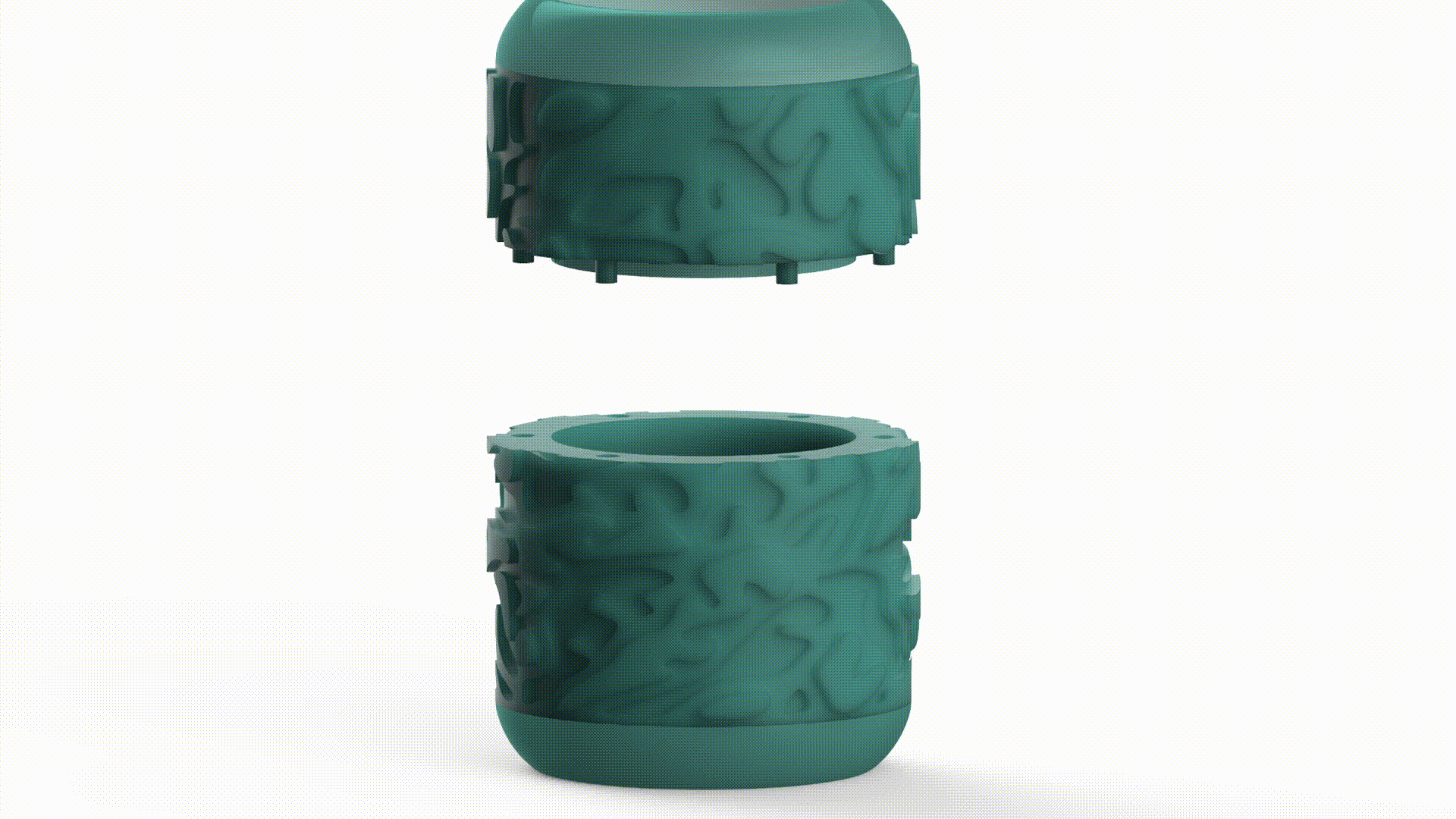
“Education is the most powerful weapon that you can use to change the world.”
– Nelson Mandela
How can we design engaging sensorial tools for children with Autism / ADHD?


2-piece Sensory Puzzles
A line of 2-piece sensory puzzles, for scaffolded learning among children on the spectrum with varied needs and abilities. They provide sensory stimulation to help stay engaged. A wide range of topics can be covered by a line of such puzzles, by prompting children to match colors, patterns, textures.
Light feedback when the two pieces are fit to match
In order to enable solo play and engagement, the pieces light up once they are put together to match correctly.

MACRO
21st Century Skills
Problem solving
Decision making
Sense of accomplishment
Critical thinking
Creativity
Sense of love and belongingness
Collaboration
MESO
Education

Maslow's Hierarchy of Human Needs
MICRO
Sensory tools to engage children with autism / ADHD in the classroom
Up to 95% of autistic children have difficulties regulating their sensory system, which is often referred to as sensory processing disorder.
Sensory tools, or fidgets, can help relieve the resulting stress and improve focus for autistic children as they attempt to learn in a busy classroom environment.
INSPIRATION

"The world needs all kinds of minds"
Dr. Temple Grandin - a prominent speaker and author on both autism and animal behaviour. She is one of the first individuals on the autism spectrum to document the insights she gained from her personal experience of autism
Common autism characteristics
Sensory puzzles to learn "Animals and Habitats"
Creating a series of sensorial puzzles on the common academic topic of "Animals and Habitats".

Prototyping





Proposal for testing and manufacturing
For testing, the next steps would be to prototype the four artifacts in elastomers of different elasticities. The table here represents the Shore Hardness Scale which ranges from from very soft and flexible to semi-rigid plastics with almost no flexibility at all. Testing four different points here, would help define the material specification that works best for sensory stimulation or how different hardness is used by children in differnt states of mind / mood.

Soft Bubbles (typical softness of a mouse pad)


Medium Hard Iceberg (Typical hardness of a Smartwatch band)
Medium Soft Tiger puzzle (Typical softness of a bottle nipple)

Hard Tree bark (Typical hardness of a plastic toy block)
